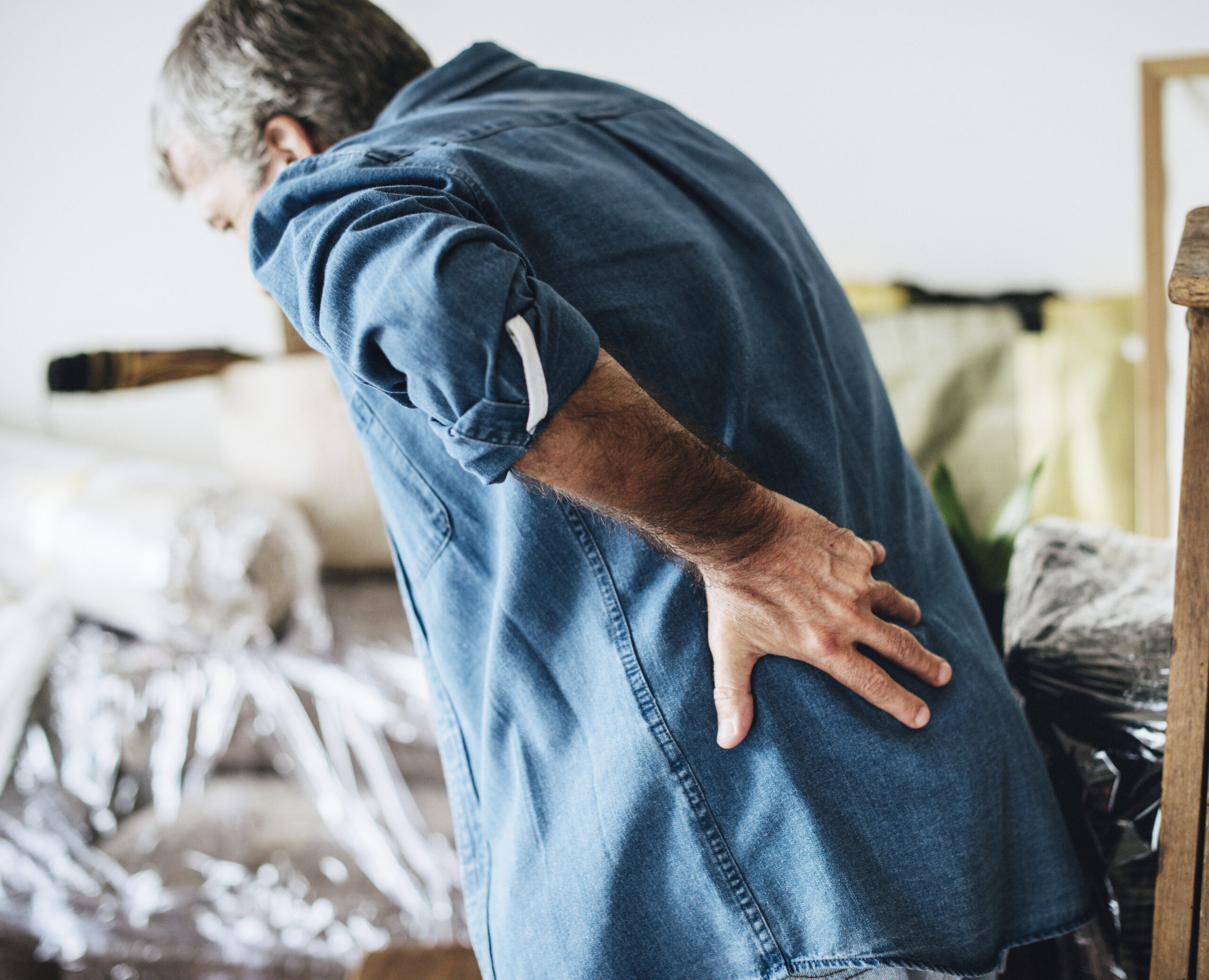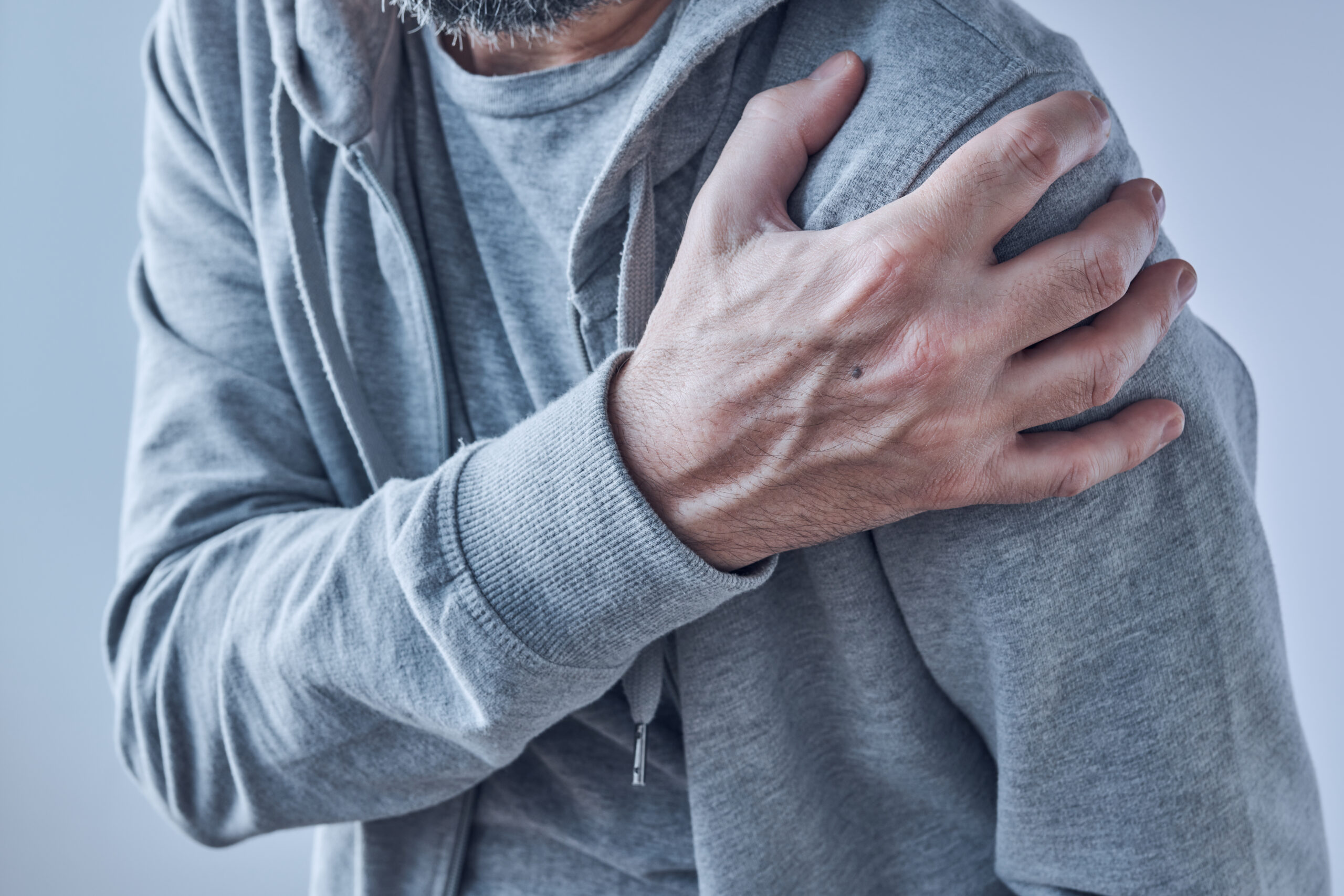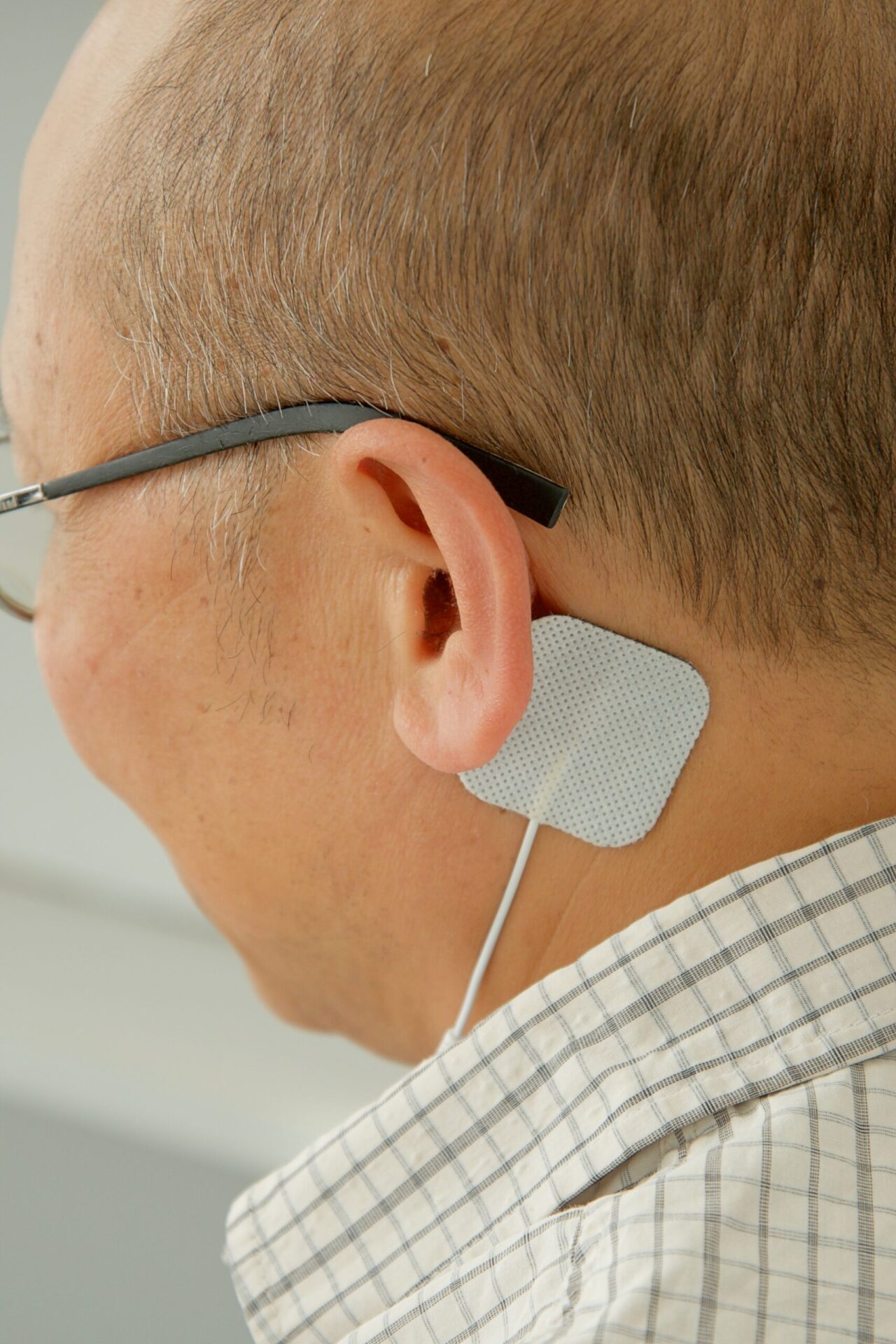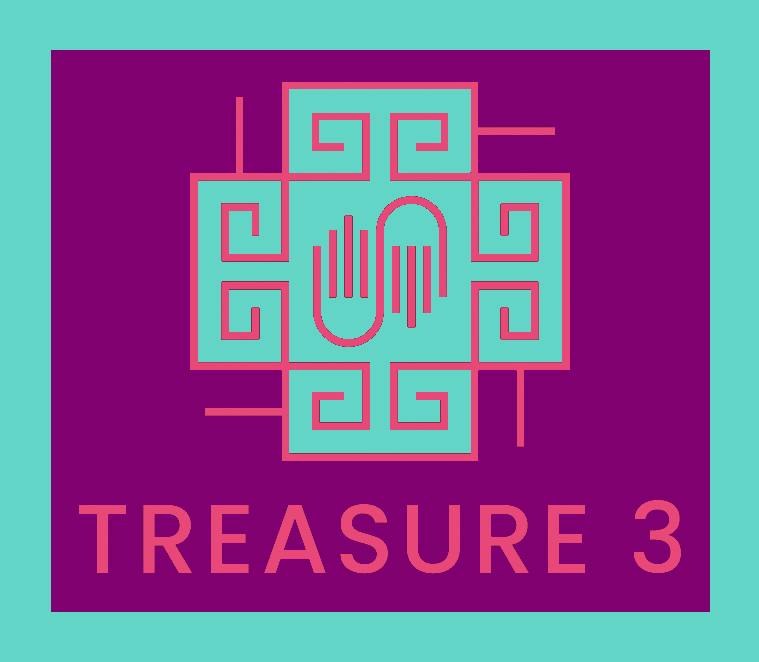We can help you with:
Severe Pain & Addiction
As humans, we experience pain for many reasons, such as:

muscle sprain or injury
trauma such as car accident and whiplash
concussion
chronic inflammation
muscle tightness & spasm
internal organ cramping
mental stress and tension
hormonal imbalances, or
cancer
Severe Pain
From a traditional Chinese medical perspective pain is due to a disruption of the healthy circulation of blood and energy (Qi) flow in the body.
This disruption can be an obstruction, a disturbance or even an insufficiency of energy (Qi) and blood flow. A lack of flow results in an accumulation or stagnation of energy (Qi) and blood, which, if severe enough, will cause pain.

There is a Chinese saying that expresses this philosophy:
“Tòng zé bù tōng (痛则不通)”
If there is free flow there is no pain
“Tōng zé bù tòng (通则不痛)”
If there is pain then the flow is blocked
This accumulation or stagnation of energy (Qi) and blood does not always produce pain, it may present as stiffness, tension or discomfort.
Pain, however, because of its distressing nature, is the most common reason for people to seek help. People can put up with an extraordinary amount of stiffness or tension provided there is no pain.
Traditional Chinese medicine has been increasingly used within New Zealand as an integrative or complementary therapy for pain. It is well-tolerated with little risk of serious adverse effects.
The various treatment methods for pain management provided by our practitioners include:
Cupping
Guasha
Kampo herbal medicine
Meditation
Acupuncture (in-clinic)
Needle-free HANS acupuncture (self administered under our guidance and monitoring)
Qi-gong

Why is HANS effective in treating pain?
HANS treatment is able to relieve pain by increasing the release of endorphins, noradrenaline, and endogenous opioids.
These neurotransmitters and peptides are natural and not only help to suppress inflammation, relax muscles, reduce anxiety and restore homeostasis, but also have no side effects compared to NSAIDs drugs or exogenous opioids, the latter often leads to drug dependency, and altered neural cell structures. The long-term use of painkillers or exogenous opioids is harmful and can possibly delay the recovery of curable injuries to a point that pain itself becomes a medical condition.
HANS 200A can be used in both the acute and chronic stages of injury. In the case of pain as a condition, HANS provides a way out by allowing the human body to gradually reduce reliance on opioids and manage drug withdrawal.
How will HANS treatment be provided for pain relief?
Our acupuncturists can be engaged through online telehealth sessions, to provide you with specific treatment protocols, monitor your process, and make the required adjustments when necessary.
Ready to get started on your path to managing your pain? Or have some questions? Fill out the form and we will be in touch soon.
References
Electro-acupuncture mechanism
Han, J.-S. (2003). Acupuncture: neuropeptide release produced by electrical stimulation of different frequencies. PubMed. Retrieved April 2, 2022, from https://pubmed.ncbi.nlm.nih.gov/12495858/
Pain and Addiction
Han, J.-S., Alan, T. I., & Joyce, L. H. (n.d.). Chapter 49: Acupuncture. Substance Abuse. August 24, 2004 21:16
Han, J.S., & Terenius, L. (1982). Neurochemical basis of acupuncture analgesia. PubMed. Retrieved April 2, 2022, from https://pubmed.ncbi.nlm.nih.gov/7044284/
Puopolo, M., & Wang, H. (2019). The Involvement of Descending Pain Inhibitory System in Electroacupuncture-Induced Analgesia. NCBI. Retrieved April 2, 2022, from https://www.ncbi.nlm.nih.gov/pmc/articles/PMC6712431/
Low back pain
Ghoname et al. (1999). Percutaneous electrical nerve stimulation for low back pain: a randomized crossover study. PubMed. Retrieved April 2, 2022, from https://pubmed.ncbi.nlm.nih.gov/10071003/
Hazma et al. (1999). Effect of the duration of electrical stimulation on the analgesic response in patients with low back pain. PubMed. Retrieved April 2, 2022, from https://pubmed.ncbi.nlm.nih.gov/10598602/
References
Postoperative pain relief
Hamza et al. (1999). Effect of the frequency of transcutaneous electrical nerve stimulation on the postoperative opioid analgesic requirement and recovery profile. PubMed. Retrieved April 2, 2022, from https://pubmed.ncbi.nlm.nih.gov/10551571/
Wang et al. (1997). Effect of the intensity of transcutaneous acupoint electrical stimulation on the postoperative analgesic requirement. PubMed. Retrieved April 2, 2022, from https://pubmed.ncbi.nlm.nih.gov/9249122/
Knee Osteoarthritis
Tu et al. (2021). Efficacy of Intensive Acupuncture Versus Sham Acupuncture in Knee Osteoarthritis: A Randomized Controlled Trial. PubMed. Retrieved April 2, 2022, from https://pubmed.ncbi.nlm.nih.gov/33174383/
Diabetic neuropathic pain
Hazma et al. (2000). Percutaneous electrical nerve stimulation: a novel analgesic therapy for diabetic neuropathic pain. PubMed. Retrieved April 2, 2022, from https://pubmed.ncbi.nlm.nih.gov/10868867/
